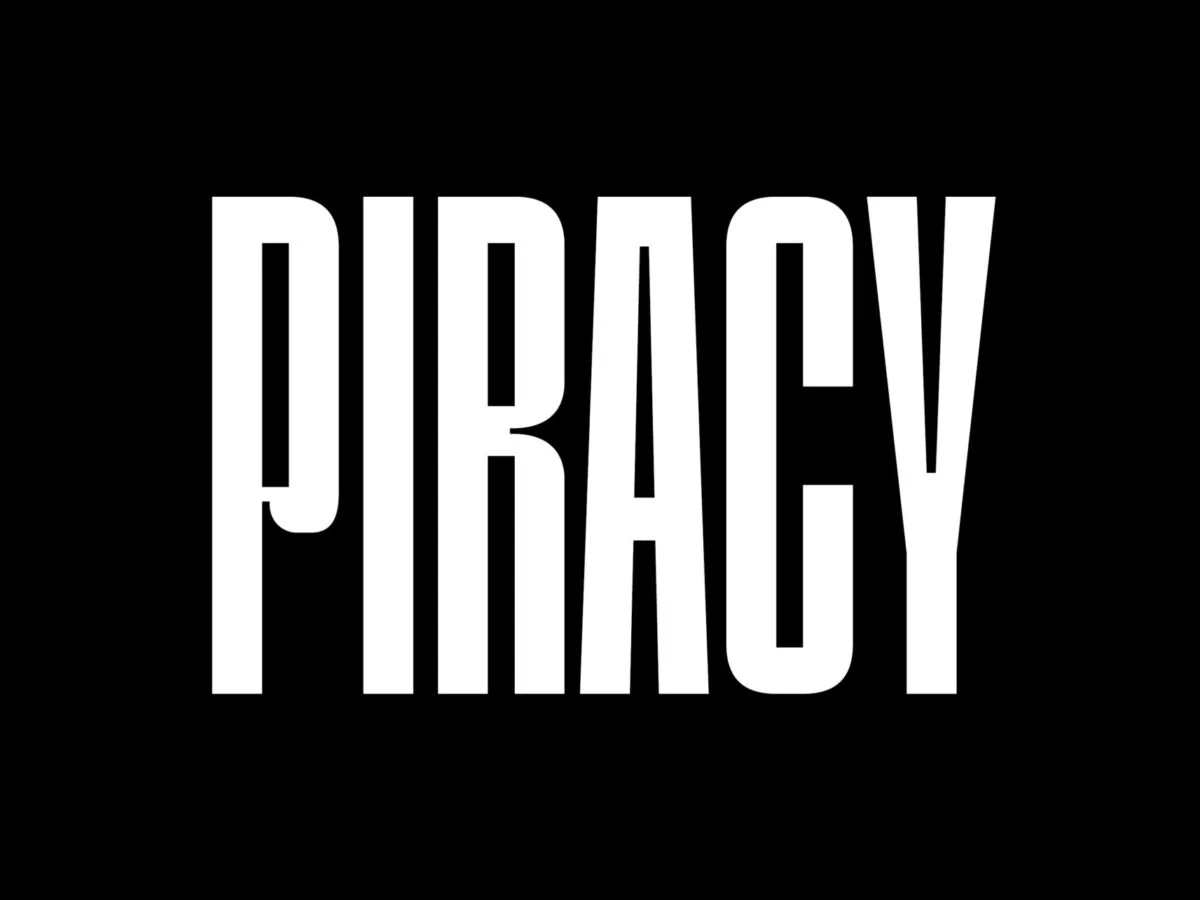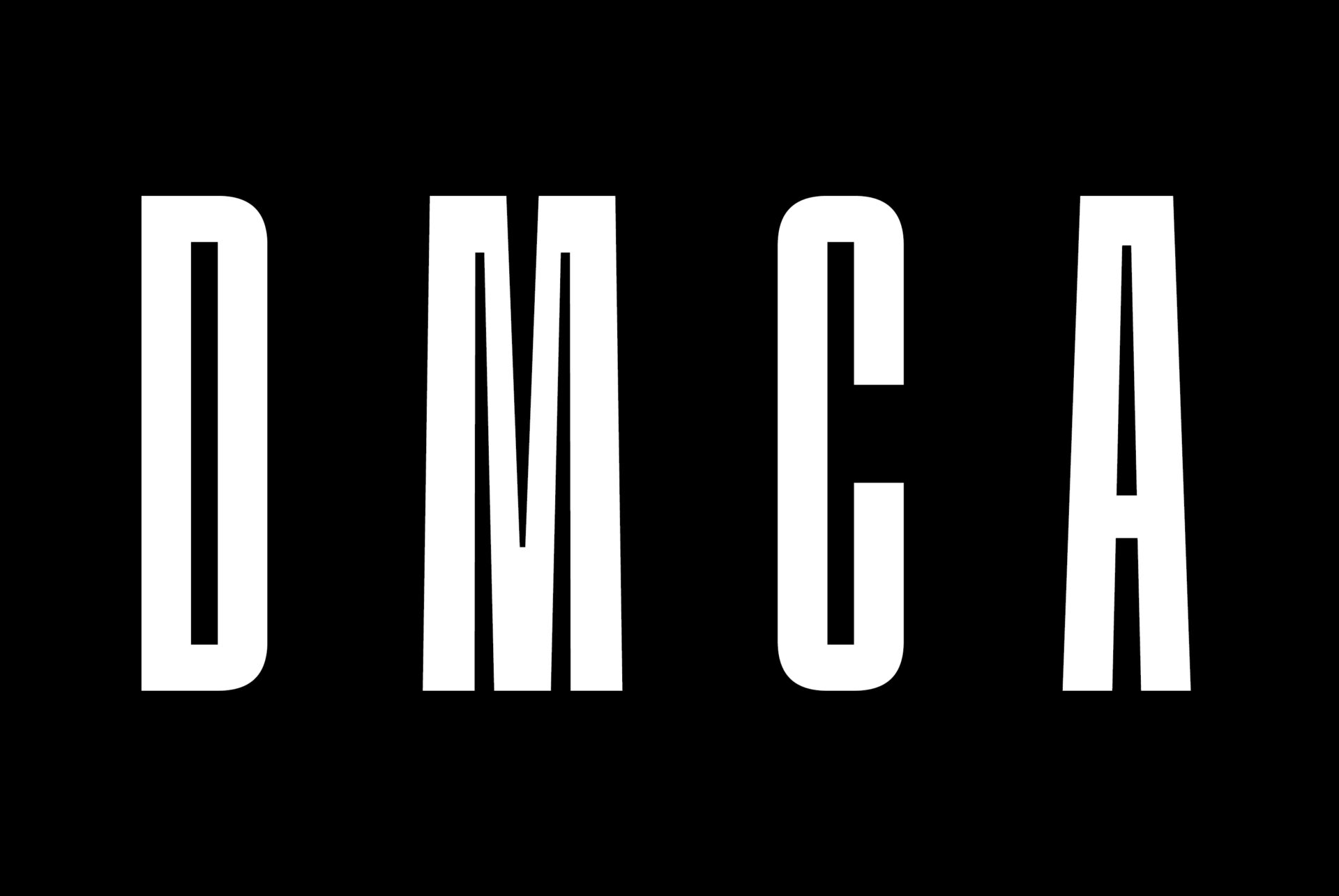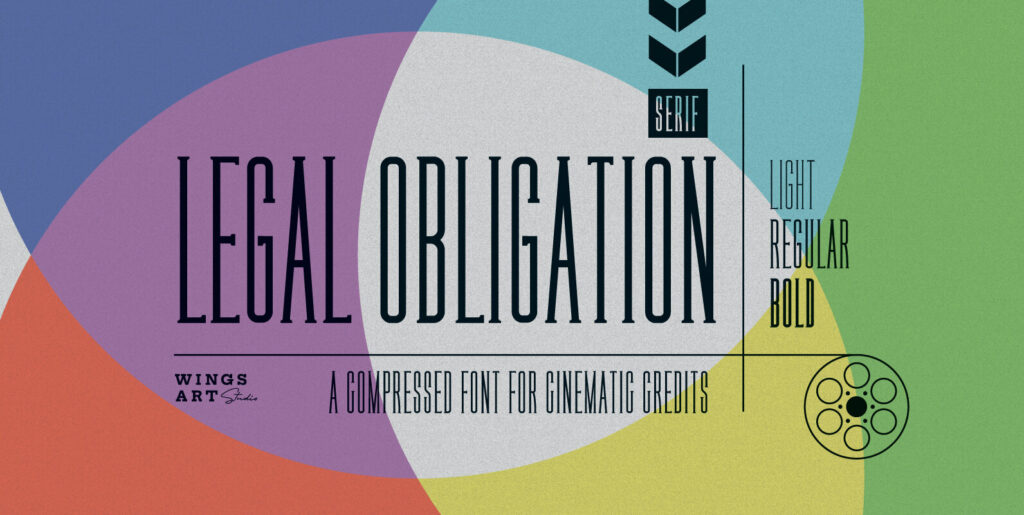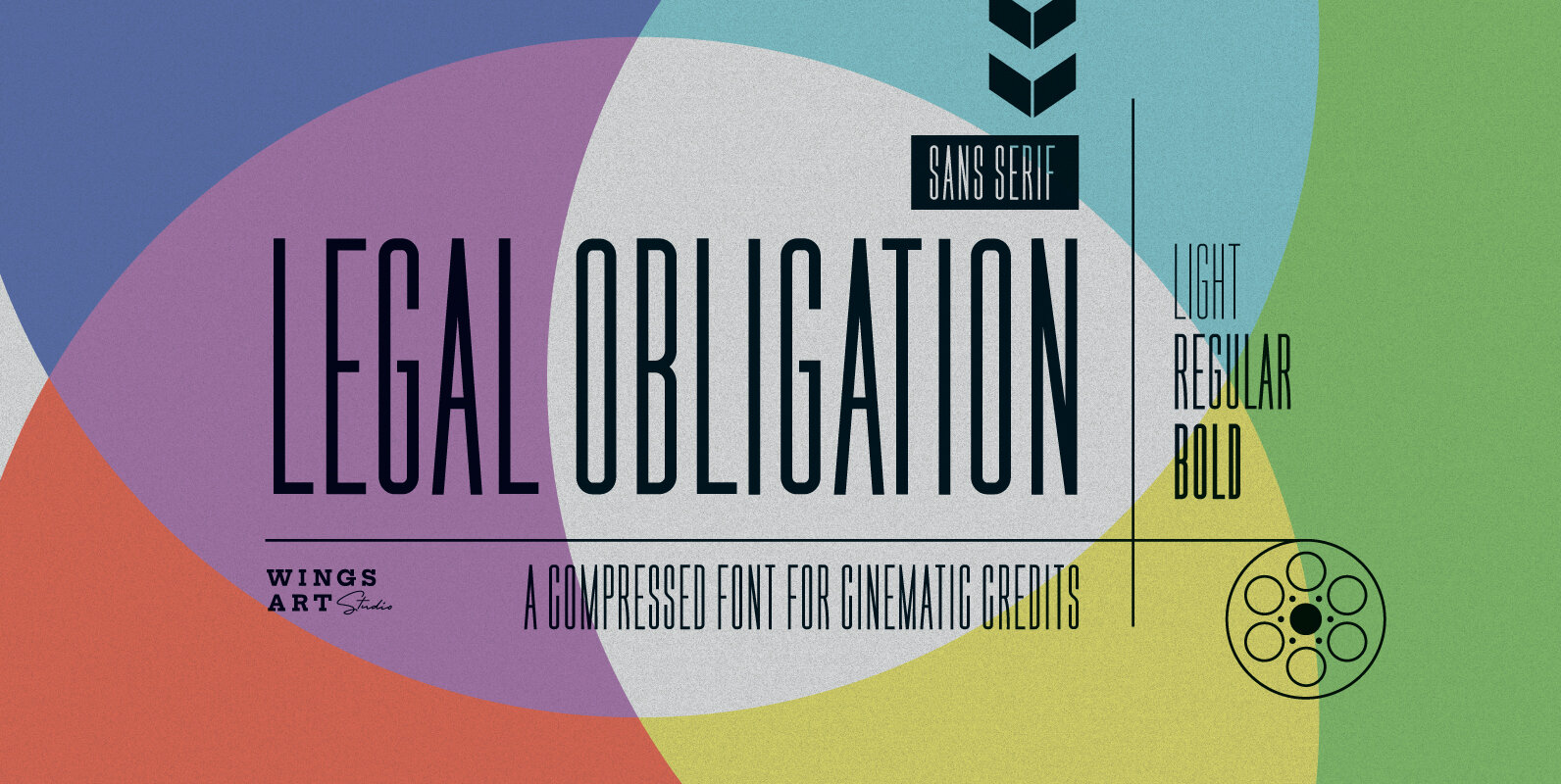The Allure of Free Fonts: A Risky Proposition
In the digital age, the allure of free fonts can be tempting. Websites offering free downloads of commercial fonts are not hard to find, and many users, whether knowingly or unknowingly, fall into the trap of downloading these illegal copies. The consequences of font piracy, however, can be severe.
Font piracy is not a new phenomenon, but the rise of the internet has made it easier than ever for unscrupulous sites to distribute copyrighted material without authorization. These sites often operate in legal gray areas, hosted in countries with lax copyright enforcement, and present themselves as legitimate sources for free fonts. The reality, however, is far from benign.
The act of downloading and using pirated fonts may seem harmless, especially when the fonts are used for personal projects or small-scale commercial endeavors. But the implications of font piracy extend far beyond individual users. It undermines the livelihood of designers and foundries who invest time, creativity, and resources into crafting unique typefaces. It also exposes users to legal risks, as copyright holders have the right to pursue legal action against those who violate their intellectual property rights.
This article will explore the multifaceted world of font piracy, shedding light on the following aspects:
- The Legal Landscape: An examination of the legal cases that have shaped the fight against font piracy, including high-profile cases against major corporations.
- The Role of Search Engines: How search engines like Google inadvertently promote pirated font sites, creating confusion and facilitating illegal downloads.
- The Risks of Downloading Pirated Fonts: A detailed look at the potential legal and financial consequences of using pirated fonts, along with the ethical considerations.
- YouWorkForThem’s Commitment to Ethical Font Licensing: An overview of how YouWorkForThem, with over 20 years of experience, serves as a trusted source for legal font licensing and support.
By delving into these topics, we aim to provide a comprehensive understanding of the complexities of font piracy and offer guidance on how to navigate the legal and ethical considerations of font usage. Whether you are a seasoned designer, a brand manager, or simply someone who appreciates the art of typography, this article will equip you with the knowledge and insights needed to make informed decisions about font licensing and usage.
The Legal Landscape: Understanding the Risks
1. The NBC Universal Case: A Closer Look
In 2012, Font Bureau filed a lawsuit against NBC Universal, alleging infringement of copyrights by using fonts without proper licensing across various platforms. The lawsuit, filed in the United States District Court for the District of Massachusetts, was based on the Copyright Act of 1976 and centered on the interpretation of the licensing agreement between the two parties. Font Bureau claimed that NBC Universal had exceeded the scope of their licensing agreement, using the fonts in unauthorized ways, including on multiple platforms and sharing with third-party contractors.
NBC Universal eventually settled the lawsuit, though the specific terms were not disclosed. The case served as a significant reminder of the complexities of font licensing in the digital age, where fonts can be easily shared and replicated. It emphasized the importance of understanding and adhering to font licensing agreements and the legal risks associated with unauthorized use, even for large media companies.
The NBC Universal case underscores the need for clear communication, careful drafting of agreements, and diligent compliance with font licensing terms. The case continues to resonate within the design and media communities, reinforcing the principle that intellectual property rights must be respected. It also highlights the role of reputable font distributors like YouWorkForThem in providing clear and lawful licensing options, emphasizing that proper licensing is not just a legal requirement but a matter of professional integrity.
2. The Viacom Case: Understanding the Details
Viacom, a global media conglomerate, was accused by House Industries (Brand Design Co.) of using fonts without proper licensing in various promotional materials, including advertising campaigns, television graphics, and online content. The lawsuit ($3.5 Million USD), filed in the United States District Court and based on the Copyright Act of 1976, centered on the interpretation of the licensing agreement and Viacom’s alleged violations of the terms. House Industries claimed that Viacom had used the fonts in unauthorized ways and distributed them to unauthorized users, raising questions about corporate responsibility in ensuring compliance with intellectual property laws.
The case was settled out of court, with the details remaining confidential, but it left a lasting impression on the broadcast production industry. Like the NBC Universal case, the Viacom legal battle serves as a cautionary tale, emphasizing the importance of understanding specific terms of font licensing agreements and legal obligations. The case reinforces the principle that intellectual property rights must be respected, and it underscores the role of ethical practices in ensuring responsible use of fonts in accordance with the law.
3. The Hasbro Case: A Lesson in Branding
Hasbro, a multinational toy and board game company, faced a legal dispute over font licensing for using a specific typeface in one of its logos without proper licensing. The lawsuit, filed under the Copyright Act of 1976, revolved around whether Hasbro’s use of the font in a logo fell within the scope of the license they had obtained. The case was unique as it involved a single, specific application of a font and raised questions about the interpretation of licensing agreements, especially in branding and logo design.
The case was settled out of court, with the details remaining confidential, but it had a significant impact on the toy packaging industry. The Hasbro case served as a lesson for all brands about the importance of due diligence in font licensing and emphasized the need for careful review and understanding of agreements, even for seemingly insignificant uses. In a world where branding is central to a company’s identity, the Hasbro case emphasizes that legal compliance and ethical practices are essential components of responsible branding. It reminds companies of the potential legal pitfalls that can arise from even minor oversights and underscores the role of reputable font distributors in ensuring lawful use of fonts.
4. The Rick Santorum Campaign Case: Politics and Fonts
During the 2012 U.S. presidential primaries, the Rick Santorum campaign faced a unique legal challenge (complaint of $2 million in damages) over font licensing, accused of using a specific font without proper licensing in various campaign materials. The allegations were based on the Copyright Act of 1976, focusing on whether the campaign’s use of the font fell within the scope of any existing license. The case was unique in involving a political campaign and raised intriguing questions about the intersection of politics and intellectual property rights, highlighting that even political campaigns must adhere to legal standards.
The case did not lead to a court battle, as the campaign quickly resolved the matter with the type foundry. The details of the resolution were not made public, but the incident served as a reminder that font licensing must be taken seriously, even in politics. Once again, it emphasized the importance of understanding and complying with font licensing agreements.
The Challenge of Enforcement: A Complex Landscape 
In the digital age, where information flows freely and borders are often blurred, the enforcement of intellectual property rights presents a unique and complex challenge. The issue of font piracy is a prime example of this complexity, where websites offering illegal downloads of commercial fonts operate in a void that is difficult to penetrate.
Many of these websites are hosted in countries that do not respect copyright laws in the same way as countries like the USA. They operate in a legal gray area, often beyond the reach of traditional legal mechanisms. These sites can be elusive, hiding behind layers of anonymity and jurisdictional barriers, making them hard to contact and even harder to hold accountable. For designers and foundries, the battle against font piracy is an uphill struggle. Chasing down these sites, identifying the responsible parties, and submitting requests like DMCA (Digital Millennium Copyright Act) to get these items taken down is a time-consuming and often fruitless endeavor. The resources required to pursue these cases are substantial, and the results are often disappointing.
Even when a takedown request is successful, the victory can be short-lived. Many of these sites simply reappear under a different name or in a different jurisdiction, continuing to offer illegal downloads with impunity.
The Responsibility of Companies: Due Diligence in Font Licensing
In the world of advertising and branding, the visual elements play a crucial role in conveying the message and connecting with the audience. Fonts, as a vital part of this visual language, must be chosen with care and consideration. But beyond aesthetics, there’s a legal dimension that companies must navigate with diligence and integrity. A company using a font on a large campaign, whether it’s for a major brand or a high-profile advertising initiative, has a responsibility to ensure that the fonts are used in compliance with the appropriate licensing agreements. This is not merely a legal formality; it’s a fundamental aspect of professional ethics and business practice.
Understanding Licensing Details
Fonts are intellectual property, and their use is governed by specific licensing agreements. These agreements define how the font can be used, where it can be used, and often, how many times it can be used. Ignorance of these details is not an excuse, especially for companies engaged in large-scale commercial activities and developing a large scale national or international brand. The cost of a standard commercial license for a font is typically a small amount, especially when compared to the overall budget of a large advertising campaign. It’s a nominal investment that ensures legal compliance and protects the company from potential legal liabilities.
Beyond the legal considerations, there’s the matter of reputation. A company’s brand is one of its most valuable assets, and it’s built on trust and credibility. Engaging in practices that violate intellectual property rights can erode that trust and damage the brand’s reputation.
The Role of Search Engines: A Double-Edged Sword in Font Piracy
In the digital landscape, search engines are the gatekeepers of information. They guide users to the content they seek, and their algorithms determine what appears at the top of the search results. But when it comes to font piracy, this power becomes a double-edged sword, often working against the very creators and legitimate distributors of fonts. Font foundries and legitimate distributors invest significant resources in search engine optimization (SEO) and paid advertising to ensure that their products rank highly in search results. They might also pay money to search engines like Google to appear prominently for specific search terms related to fonts via programs like Adwords. This investment is made with the expectation that it will lead potential customers to legal and reputable sources for font purchases.
Despite these efforts, search engines often display pirating websites prominently in their search results. It’s not uncommon for a search for a specific font name to yield links to illegal download sites within the top 3 results. This prominence lends an air of legitimacy to these sites, misleading users into thinking that they are accessing fonts from respectable sources. The algorithms that determine these rankings are complex and multifaceted, but the end result is a situation where illegal sites can overshadow legitimate businesses, even those that have paid for better visibility.
Google’s Role: A Conflict of Interest?
The situation is further complicated by Google’s own interests in the font industry. Google Fonts, a platform that offers free fonts, is promoted by the search giant. While the platform itself is legal and offers fonts under open-source licenses, its promotion can be seen in conflict with the interests of commercial font creators and distributors. Google’s dual role as both a promoter of free fonts and a gatekeeper of search results creates a perception of bias. The fact that pirating sites often rank highly, even above paid advertisers, adds to the sense that the playing field is not level.
A Call for Fairness and Transparency
The role of search engines in the fight against font piracy is complex and fraught with challenges. On one hand, they are essential tools for connecting users with legitimate sources of fonts. On the other hand, their algorithms and business practices can inadvertently promote illegal activities. What is needed is a greater commitment to fairness and transparency. Search engines must recognize the value of intellectual property and take active steps to demote sites that violate copyright laws. They must also be transparent about their algorithms and business practices, ensuring that they do not unduly favor their own interests at the expense of creators and legitimate businesses.
In the end, the fight against font piracy is not just a legal battle; it’s a struggle for fairness, respect, and the recognition of the creative efforts that go into designing fonts. Search engines, as influential players in this ecosystem, have a vital role to play, and their actions can either support or undermine these values.
Note: review our Google Fonts vs YouWorkForThem article for in depth comparison between the two font services.
YouWorkForThem: A Trusted Source for Fonts and Stock Art Licensing
Navigating the complex world of font and stock art licensing can be a daunting task. This is where platforms like YouWorkForThem come into play. With over 20 years of experience in the industry, they have cultivated a deep understanding of the intricacies of licensing agreements, copyright laws, and the unique needs of various clients. Whether you’re a small business owner, a large corporation, or an individual designer, they can guide you through the licensing process, ensuring that you have the correct permissions in place before deploying your brand.
Every project is unique, and so are the licensing requirements that accompany it. At YouWorkForThem, they recognize that one size does not fit all. That’s why they offer tailored corporate font solutions to meet your specific needs. The majority of the time, you are fine with the basic license, but there may be instances where an extension or a custom agreement is necessary. Their extensive library of articles and resources on our help site provides valuable insights into when and why you might need something beyond the standard offering. YouWorkForThem understands that budget constraints and other considerations can play a significant role in your decision-making process. That’s why they believe in negotiation and flexibility. They work closely with clients to find a reasonable rate that satisfies both parties involved.




